Carbon capture utilisation and storage (CCUS) offers Scotland a pivotal opportunity to create low-carbon industries fit for the future.
Industries that can compete in emerging new global low-carbon products markets.
CCUS can abate carbon dioxide emissions from critical industries like cement, steel and chemicals, unlocking vital economic benefits.
We estimate that deploying CCUS at scale in industrial clusters around the UK would bring in around £40 billion of inward investment into those regions, protecting 77,000 existing jobs and creating 70,000 new high-quality jobs.
Scotland ‘well placed to be a global carbon capture and storage leader’
The Carbon Capture and Storage Association welcomes recent progress for the UK’s CCUS programme and also the chancellor’s commitment of £20bn earlier this year.
Scotland has a target of delivering net-zero carbon emissions by 2045, five years ahead of the rest of the UK.
It is also home to one of the first four CCUS clusters in the UK.
The country is, therefore, well placed to be a global carbon capture and storage leader.
St Fergus, near Peterhead, is home to the Acorn project.
I was there recently to meet Labour Party leader Sir Keir Starmer, Ed Miliband (shadow Secretary for energy security and net-zero), Anas Sarwar MSP (Scottisj Labour leader) and Ian Murray MP (shadow Scottish secretary), alongside business leaders Nick Cooper (Storegga), Simon Roddy (Shell) and Audrey Stewart (Harbour Energy) from across the Scottish cluster.
Sir Keir’s visit demonstrates the importance of the Scottish cluster in providing economic growth and decarbonisation opportunities.
We were able to hear first-hand about Labour’s commitment to developing a world-leading carbon capture industry here in Scotland and across the UK’s industrial region.
It was also an important signal of cross-party backing for CCUS technology, building on UK Government announcements on the clusters this year.
However, we need to move quickly and work together to realise the benefits of this opportunity. This will pave the way for the north-east to lead the way on CCUS technology, just as the region did for decades on North Sea energy.
There is a continued gap between aspiration and realisation in terms of the p ace of delivery of the first clusters, as well as the longer-term strategy for the UK CCUS industry. This leads to uncertainty over future investments in our industrial regions, which have so often been left behind.
Long-term deployment plan for CCUS ‘essential’
A long-term deployment plan for further clusters and projects is essential – something that has already been recommended in the government’s Net Zero Review. This is key to creating transparent and attractive investment opportunities for the new industry.
Our recent industry data shows only around 10% of CCUS projects in the UK pipeline have secured approval in the cluster sequencing process, or identify a longer-term route to market.
Read more: What is CCUS and what role can it play in tackling climate change?
Across Scotland, CCUS is undeniably central to fostering the green industries of the future.
It can help to revitalise communities rooted in traditional industries and ensure economic security on our path to net-zero.
What is required from whoever wins the next general-election is long-term clarity to make sure the UK can continue to attract capital into this vital infrastructure which is key to the future competitiveness of our industries.
We stand ready to deliver a new industry at pace, but to move forward and maintain first-mover advantage there can be no further delays to delivery of the cluster sequencing programme.
The Scottish Track-2 cluster needs to see the final investment decisions made on the Track-1 clusters before the election, as well as a clear timeline for Track-2 to follow suit.
CCUS can provide a new and exciting future for Scotland and its industrial heartlands, with the chance to spearhead the UK’s next industrial revolution.
Across Westminster and Holyrood, every political party needs to grab this opportunity by the horns and make Scotland and the UK a CCUS superpower.
Ruth Herbert is chief executive of the Carbon Capture and Storage Association, the trade body for the CCUS industry in the UK.
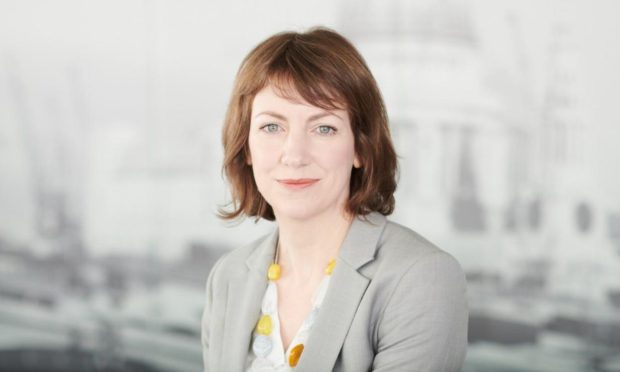
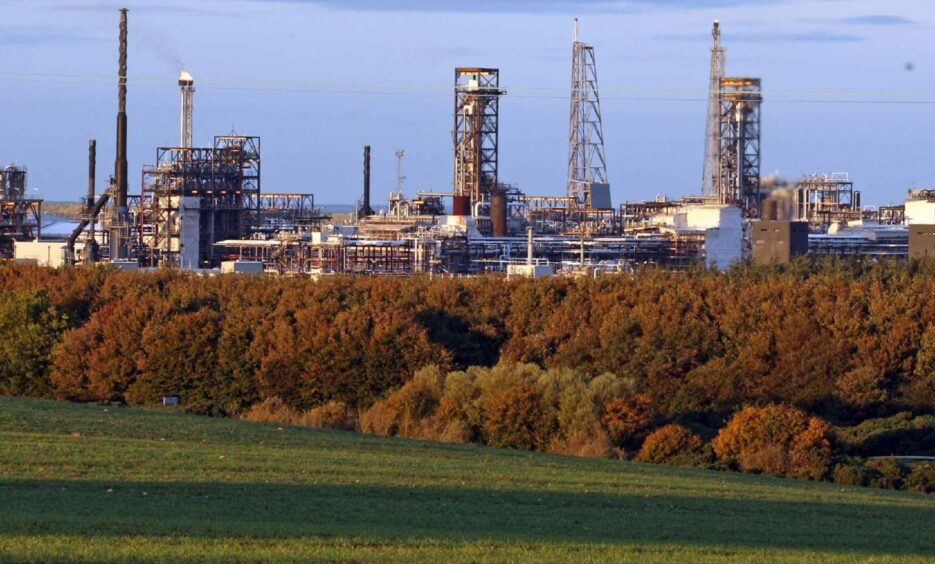
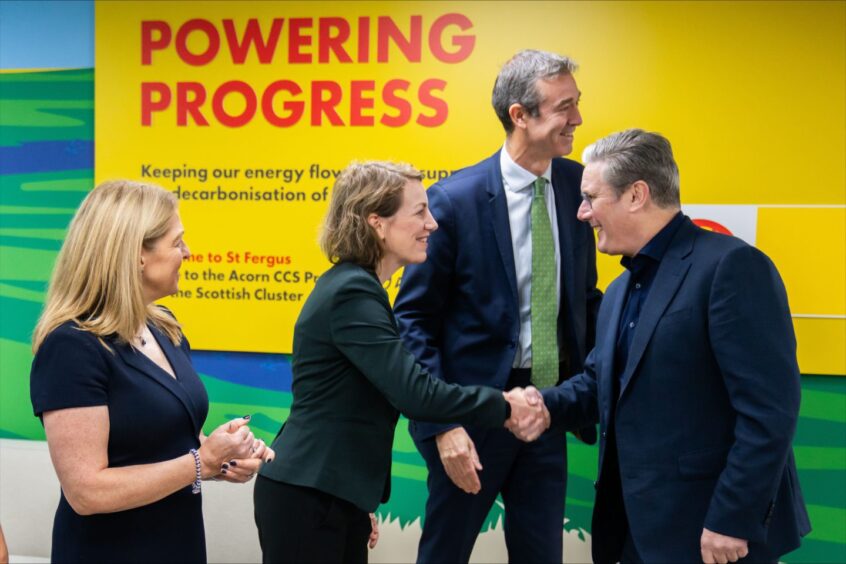
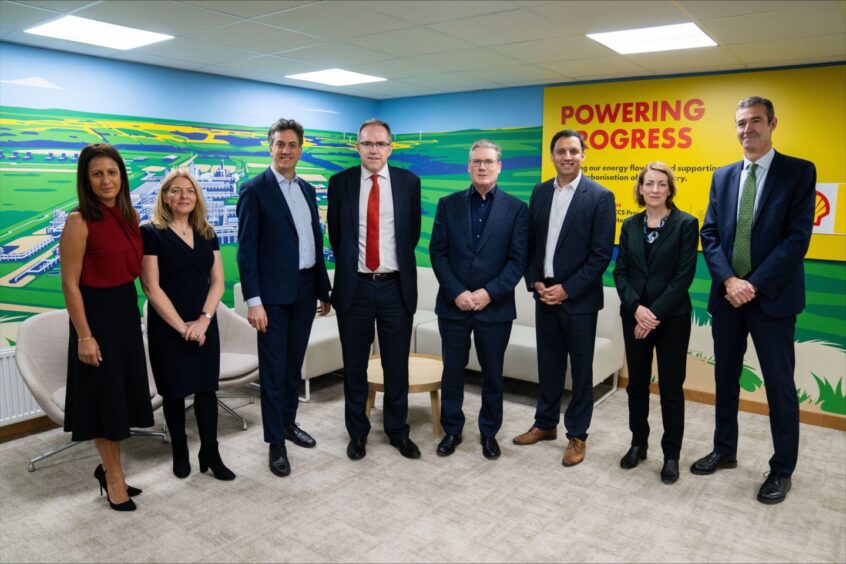
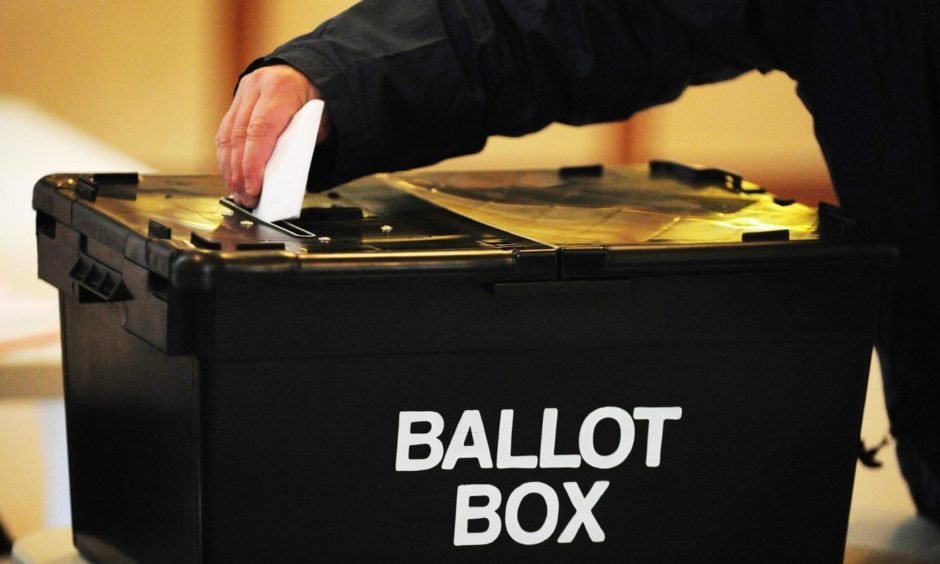
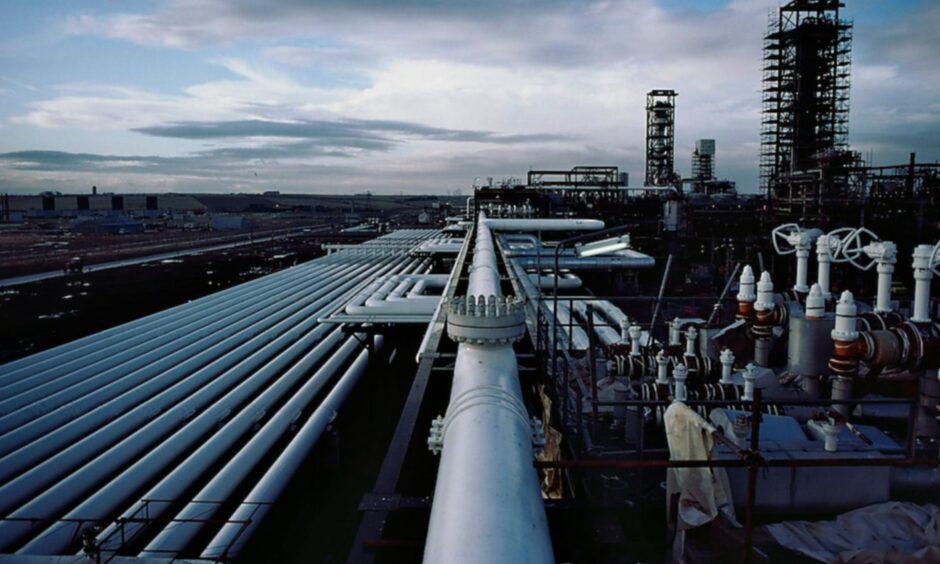
Conversation